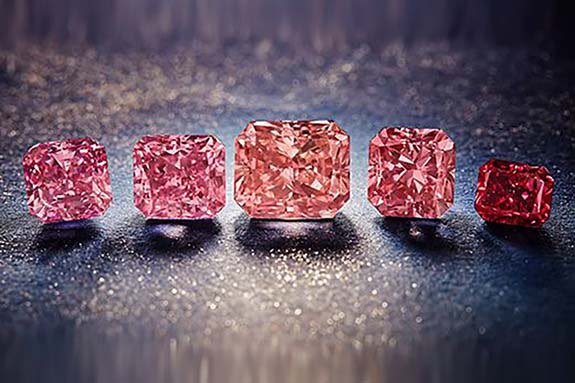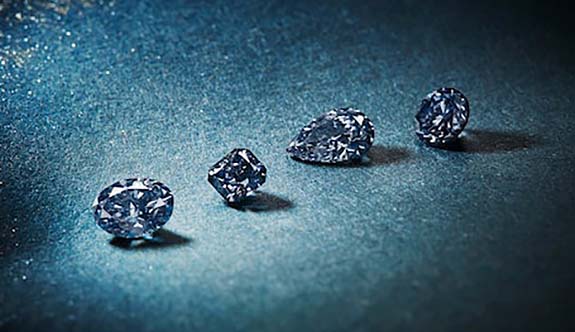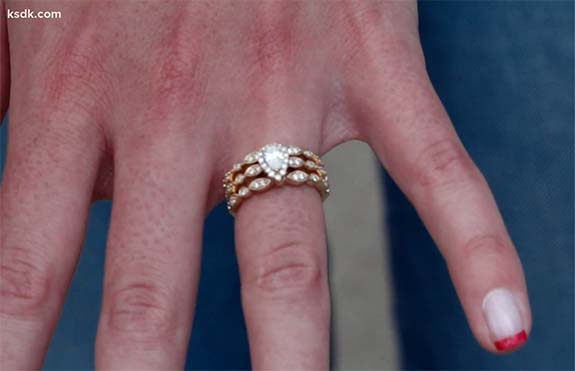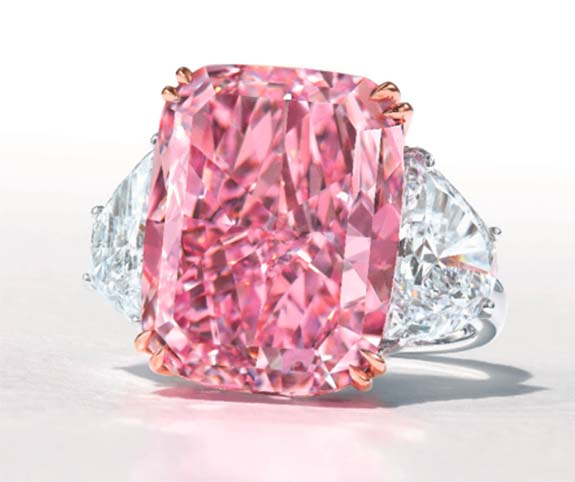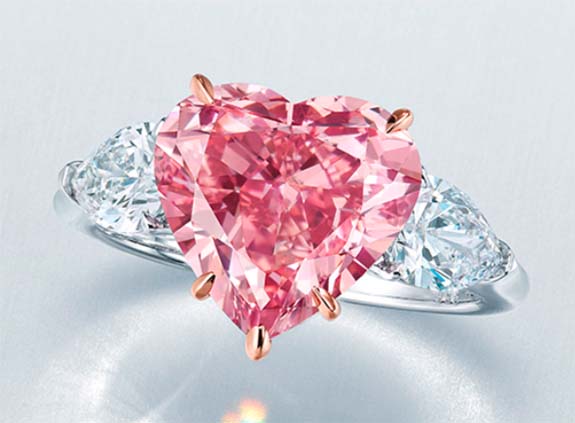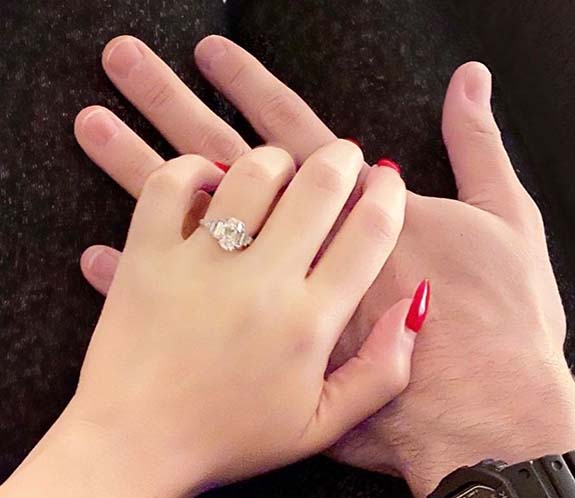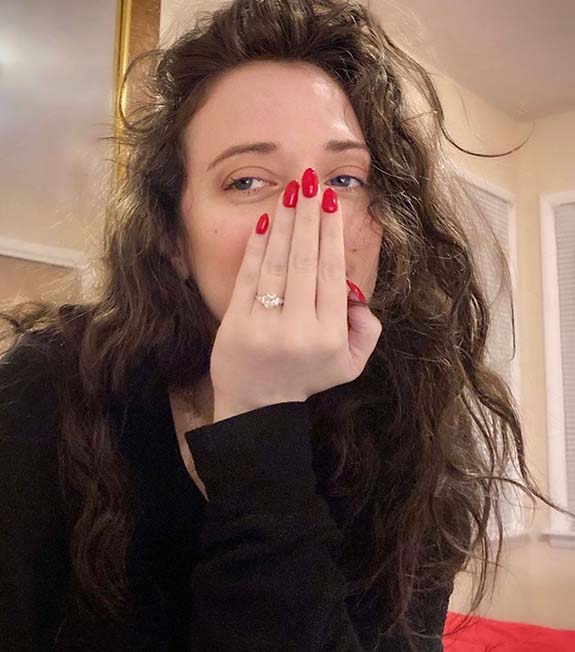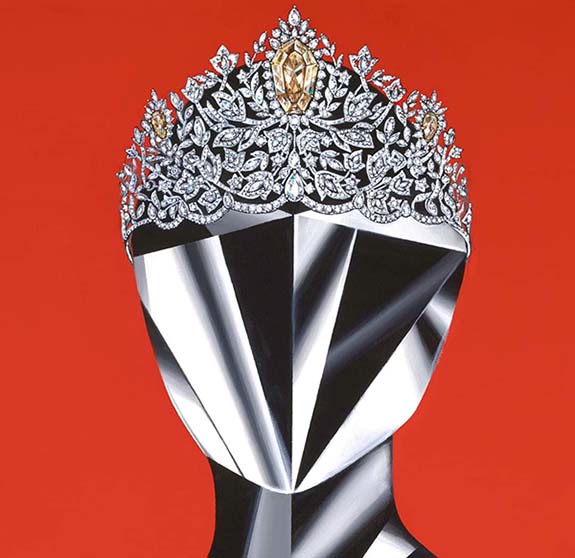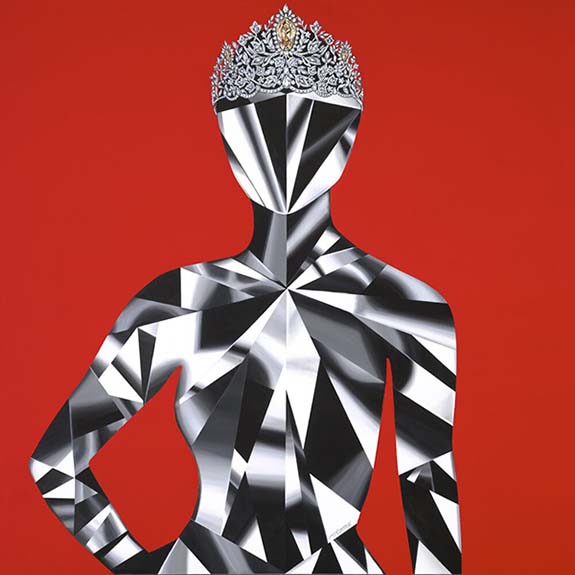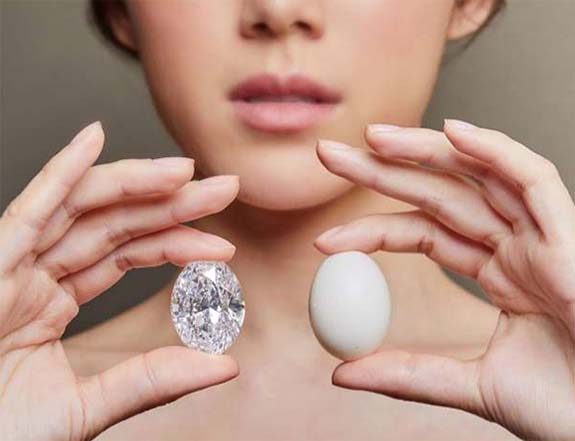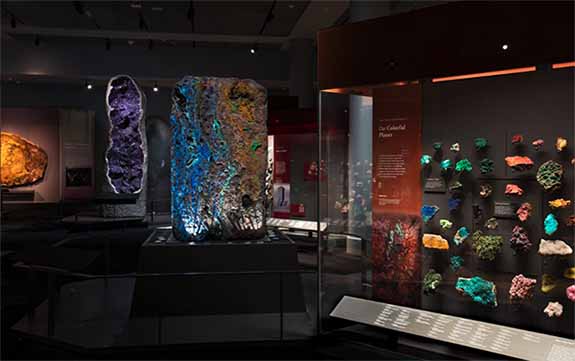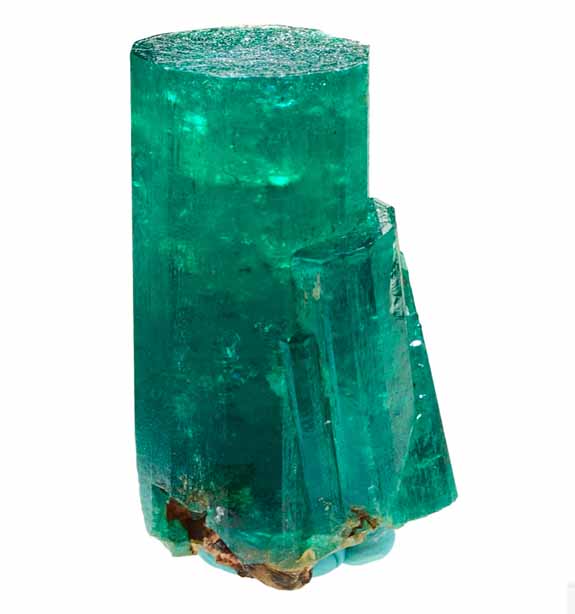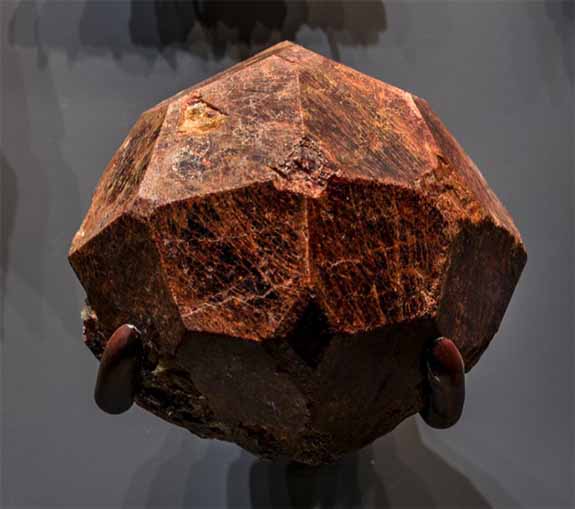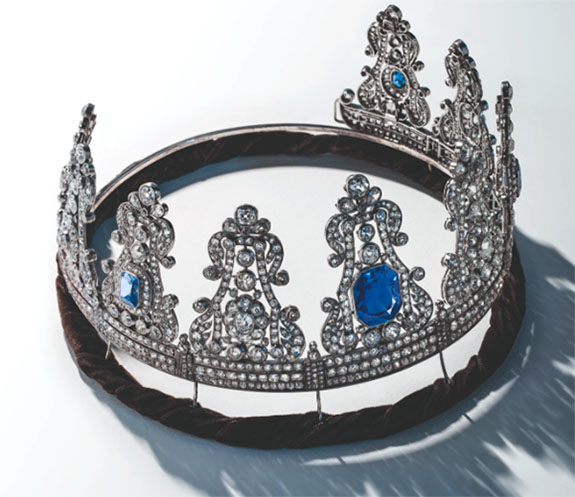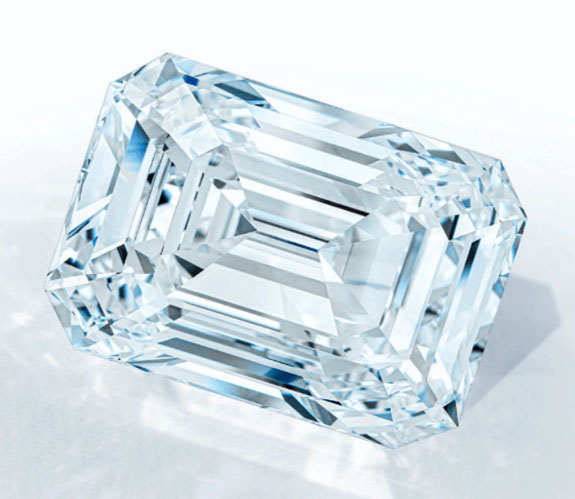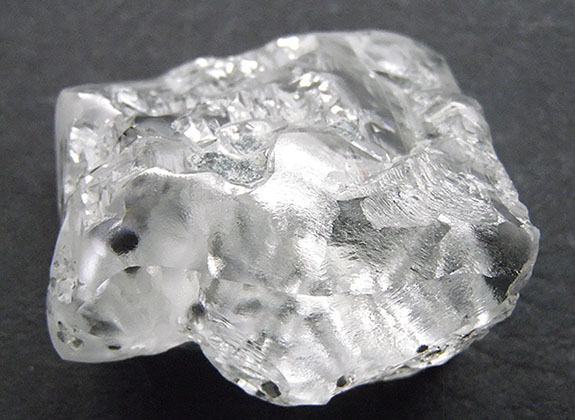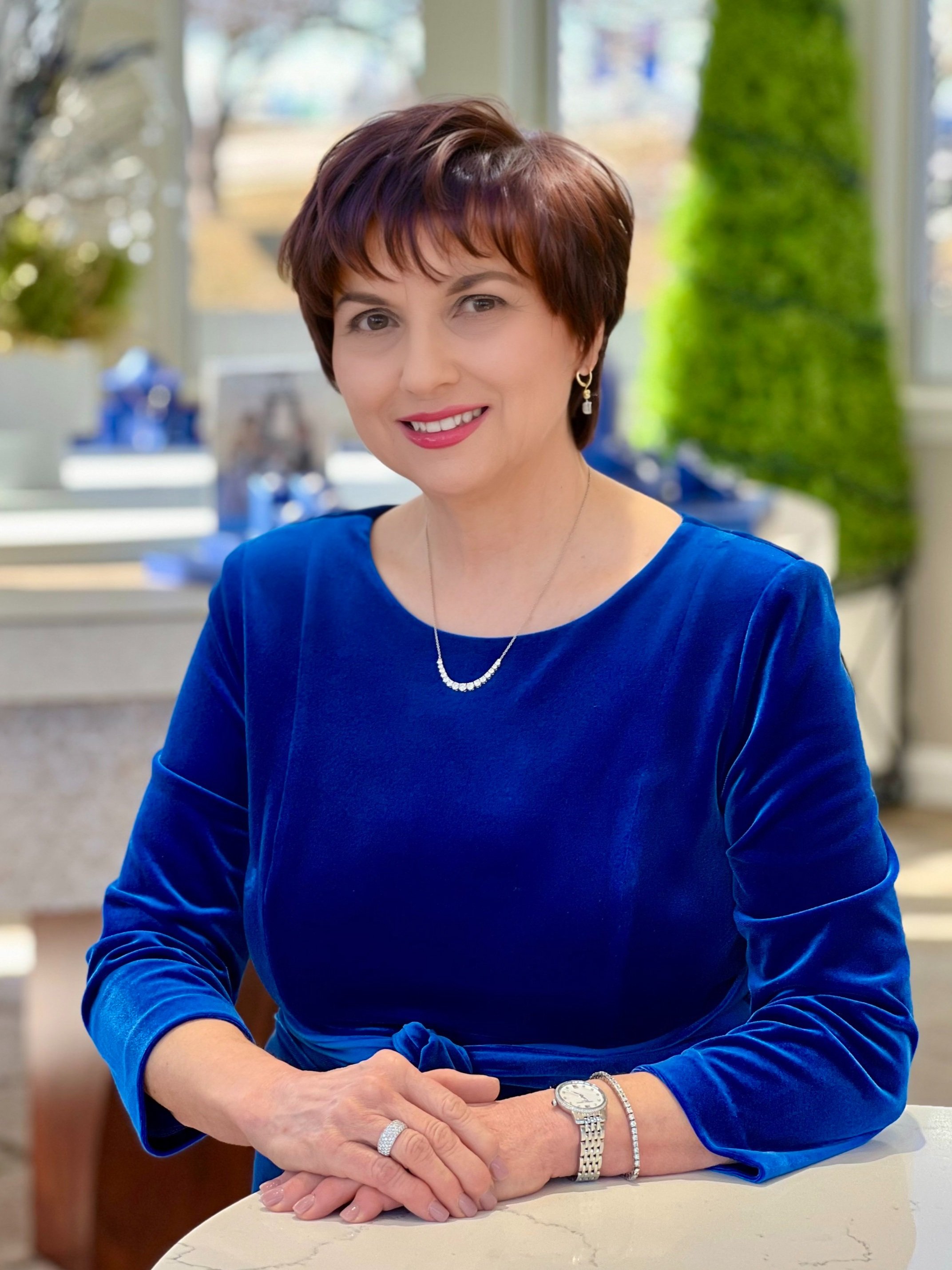Rio Tinto just unveiled the “heroes” of its 2021 Argyle Pink Diamonds Tender, the final collection of rare pink, red and blue gems from the now-shuttered Argyle mine in the remote east Kimberley region of Western Australia.
During its 37 years of production, the mine famously produced between 90% and 95% of the world’s pink and red diamonds. Mining operations officially ceased on November 3, 2020.
The 38th and final Tender will be attended later this year by an exclusive group of collectors, diamond connoisseurs and luxury jewelry houses. They will be bidding on 70 pink and red diamonds weighing a total of 81.63 carats.
Titled “The Journey Beyond,” the 2021 Argyle Pink Diamonds Tender collection includes five "hero" diamonds selected for their unique beauty and individually named to ensure a permanent record of their contribution to the history of the world’s most important diamonds.
The headliner of the group is Lot Number 1, the Argyle Eclipse™, a 3.47-carat radiant-shaped diamond that has the distinction of being the largest Fancy Intense Pink diamond ever offered at the tender.
Other notable lots include the following:
Lot 2: Argyle Stella™ — 1.79-carat, square radiant-shaped Fancy Vivid Purplish Pink diamond;
Lot 3: Argyle Lumiere™ — 2.03-carat, square radiant-shaped Fancy Deep Pink diamond;
Lot 4: Argyle Solaris™ — 2.05-carat, radiant-shaped Fancy Intense Pink diamond;
Lot 5: Argyle Bohème™ — 1.01-carat, radiant-shaped Fancy Red diamond.
“The Argyle pink diamond story has continued to enthrall throughout the years following the remarkable discovery of the Argyle mine in 1979,” noted Patrick Coppens, General Manager of Sales and Marketing for Rio Tinto’s diamonds business. “The final Tender collection of these beyond-rare diamonds will be keenly sought after as heritage gemstones of the future, coveted by collectors and connoisseurs from around the world.”
Also offered alongside the 2021 annual Argyle Pink Diamonds Tender are 41 lots of carefully curated Argyle blue diamonds, weighing 24.88 carats in total. Titled "Once in a Blue Moon," these are the very last blue and violet diamonds to emerge from the Argyle mine.
“This final epoch-making offering of pink, red and blue diamonds encapsulates the near-impossible rarity and compelling beauty of the natural treasures gifted to the world by the east Kimberley region of Western Australia,” said jewelry historian Vivienne Becker. “Over the near-four-decade lifespan of the Argyle mine, Rio Tinto has built a unique diamond brand of integrity and authenticity, an Australian icon and source of national pride, now recognized and asked for, by name, across the globe.”
The 2021 Argyle Pink Diamonds Tender will be showcased in Perth, Antwerp, Singapore and Sydney, with bidding closing on September 1, 2021.
Rio Tinto Chief Executive Officer Sinead Kaufman said the 2021 Tender represents a “historic collection of extraordinary diamonds and a testament to the amazing Argyle ore body and the men and women who have worked so hard to bring these diamonds to market.”
Credits: Images courtesy of Rio Tinto.

